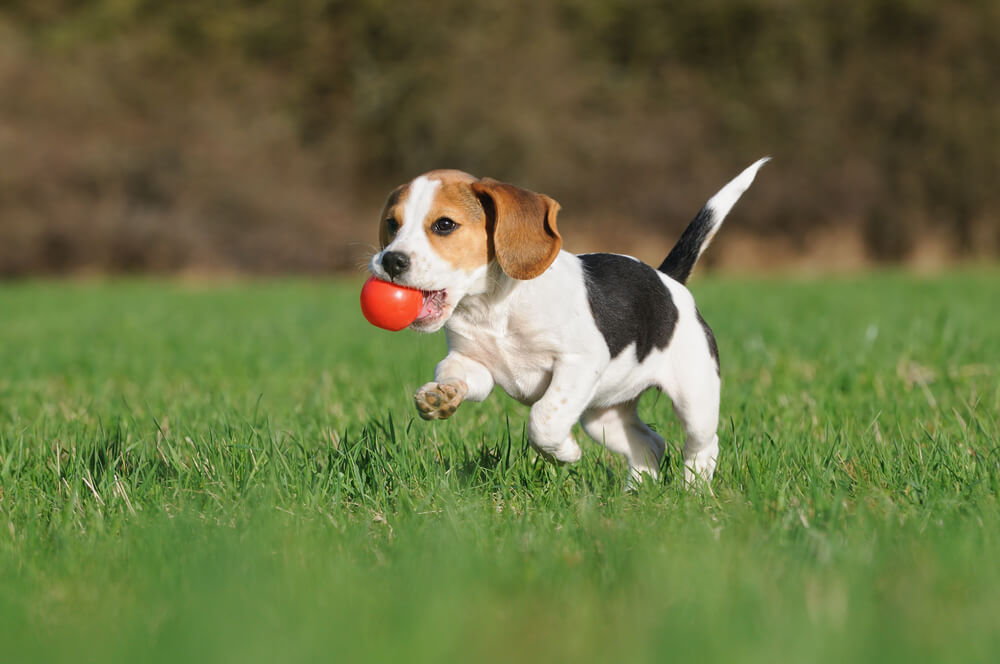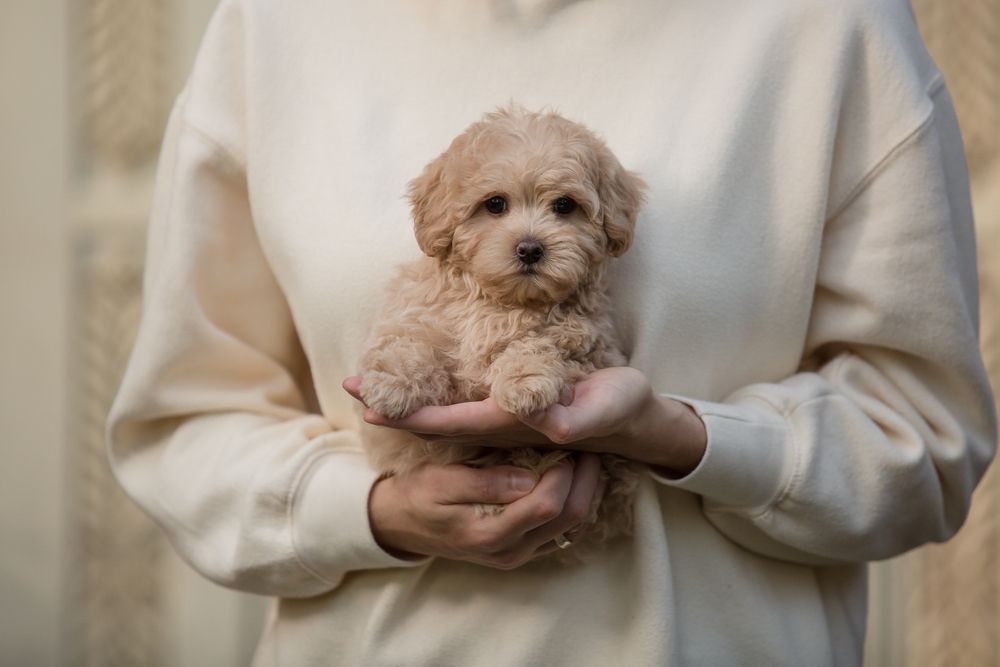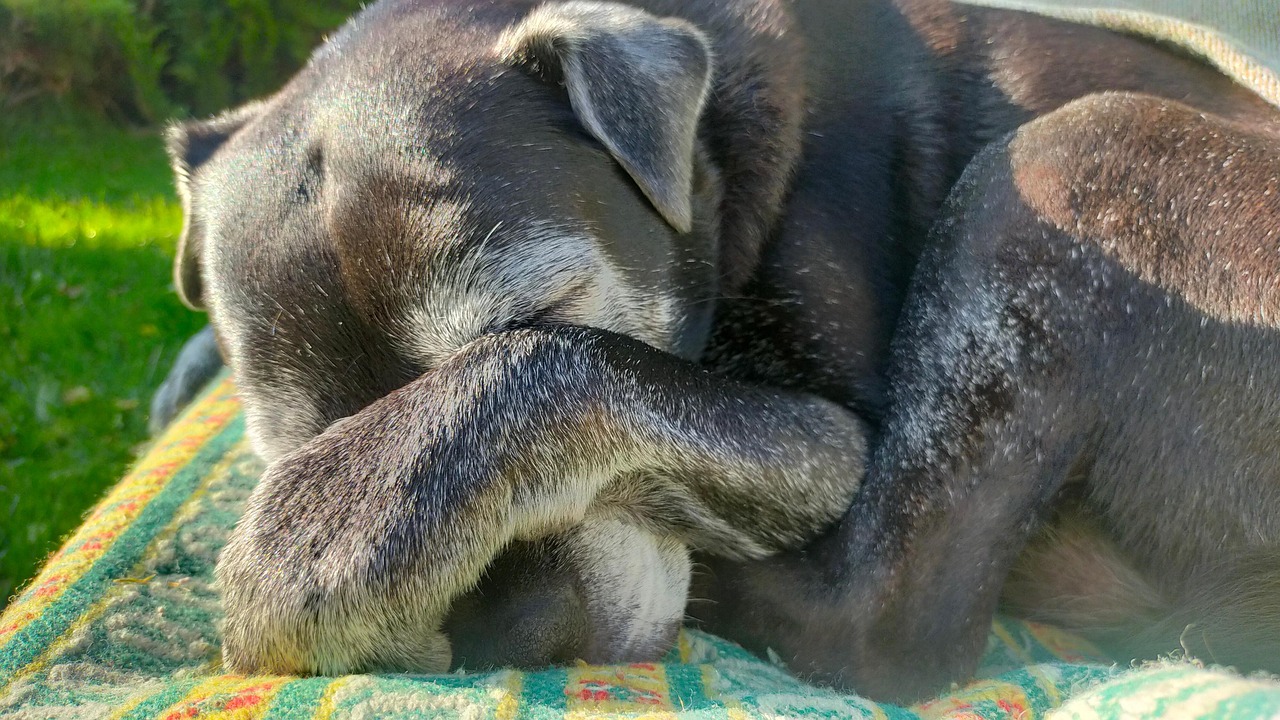Hey Ollie blog readers! We’re offering you an exclusive 60% OFF your starter box! Try now!
If your dog has been scooting their butt across the floor, licking their backside non-stop, or suddenly smells… fishy, there’s a good chance their anal glands are trying to tell you something.
Anal gland issues are a lot more common than most dog parents realize. And while it’s not the most glamorous part of dog ownership, knowing how to spot a problem early can save your pup from pain—and save you from a much bigger mess later on.
In this guide, we’re breaking down exactly what anal glands are, why they get blocked or full, how to tell when something’s off, and what you can do to help. Let’s get into it—no rubber gloves required (yet).
What Are Dog Anal Glands?
Anal glands (also called anal sacs) are two small, pea-sized sacs located just inside your dog’s rectum, at the 4 and 8 o’clock positions. These glands produce a strong-smelling fluid that dogs use to mark their territory—kind of like a personalized signature with each poop.
Normally, every time your dog goes #2, these glands get naturally expressed. But when the glands don’t empty properly—because of soft stools, allergies, or just bad luck—they can become full, blocked, or even infected.
According to the American Kennel Club (AKC), anal gland problems can lead to discomfort, infection, and even ruptures if left untreated. That’s why it’s so important to recognize the early signs.
And don’t worry—you don’t need a veterinary degree to spot when your dog’s having trouble. You just need to know what to look (and smell) for.
Common Symptoms of Full or Blocked Anal Glands
Dogs can’t tell you when something feels off, but their behavior speaks volumes. If your pup has full or blocked anal glands, there are usually some clear signs that something isn’t right back there.
Here’s what to watch for:
- Scooting – This is the big one. If your dog is dragging their butt across the carpet, they’re probably trying to relieve pressure or itchiness from full glands.
- Licking or biting at the rear – Constant attention to the tail area often means irritation.
- Fishy or foul odor – That strong, stinky smell? That’s likely fluid leaking from full anal glands.
- Swelling near the anus – Glands can become visibly enlarged when blocked.
- Difficulty pooping – Straining or whining while going potty could be a sign of discomfort.
- Sudden change in behavior – If your usually chill pup seems restless, whiny, or avoids sitting, it might be gland-related.
Fun fact: A study of pet clinics in the U.S. found that anal sac disease severely impacts up to roughly 12% of all dogs with even more dogs having minor or moderate impact.
These symptoms can sneak up quickly. Some dogs go from scooting to swollen in a matter of days. Catching it early can make all the difference—less discomfort for your dog and fewer emergency vet bills for you.
What Causes Anal Gland Problems in Dogs?
There’s no single reason why dogs get anal gland issues, but a few common culprits tend to show up again and again.
Genetics
Some breeds are just more prone to anal sac problems. Smaller dogs like Chihuahuas, Toy Poodles, and Cocker Spaniels often have trouble expressing their glands naturally.
Diet and Stool Consistency
Dogs with frequent soft or loose stools don’t apply enough pressure during bowel movements to empty their glands. That’s why a balanced diet with enough fiber is so important.
According to a 2018 study, fiber-rich diets and supplementation significantly reduce the risk of chronic anal gland problems in dogs by helping to firm up stools and promote natural expression.
This is where fresh dog food like Ollie can be beneficial. Our human-grade dog food is crafted specific to your dog’s needs to provide them with improved digestion and anal gland health.
Obesity and Inactivity
Overweight dogs may have poor muscle tone around the rectum, which can interfere with normal gland emptying.
Allergies
Food sensitivities and environmental allergens can trigger inflammation that affects the anal glands. Dogs with chronic itching or ear infections may also have underlying allergies affecting their whole system.
Infrequent Bowel Movements
If your dog doesn’t poop often (due to constipation, diet, or stress), the glands don’t get the regular expression they need.
What Happens If Anal Glands Stay Blocked?
If your dog’s anal glands don’t empty on their own or get manually expressed, they can go from mildly uncomfortable to medically urgent pretty fast.
Here’s how things can progress:
Stage 1: Full Glands
The glands are filled with fluid but not yet causing infection. You might notice scooting or a strong odor.
Stage 2: Impaction
The fluid thickens and the glands become too full to empty naturally. This can cause swelling, pain, and a higher risk of infection.
Stage 3: Infection or Abscess
Bacteria can enter the blocked glands, leading to painful infections or abscesses that may swell, rupture, or leak pus. These require immediate vet care, often including antibiotics and pain management.
In serious cases, chronic anal gland infections can lead to scar tissue or the need for surgical removal of the glands—something vets try to avoid unless absolutely necessary.
Untreated anal sac disease can be very painful for your dog and expensive for you. That’s why early intervention is key.
How to Tell If Your Dog’s Anal Glands Are Full (At Home)
While a vet’s exam is the best way to diagnose anal gland problems, there are some telltale signs you can spot at home before things get worse.
Here’s what to look for:
- Scooting across the floor more than once
- Licking or chewing near the base of the tail or anus
- A strong, fishy smell coming from your dog’s rear
- Visible swelling or redness near the anal area
- Whining or discomfort when sitting down or during bowel movements
You might also notice your dog acting more anxious, pacing, or avoiding stairs or furniture where they need to sit. These are subtle ways dogs show discomfort.
If you see these signs, it’s a good idea to have your vet take a look. In some cases, they may recommend expressing the glands manually. For dogs with frequent issues, your vet might suggest regular maintenance or a diet change to help reduce the risk of impaction.
Expressing Your Dog’s Anal Glands: Should You Do It Yourself?
If you’ve noticed the signs of full anal glands, you might be wondering if you should handle the problem at home. Technically, yes—it’s possible to express your dog’s anal glands yourself. But that doesn’t always mean it’s the best idea.
Here’s why most vets and groomers recommend leaving it to the pros:
It’s easy to cause pain or injury.
If you don’t know what you’re doing, you can irritate or even damage the sensitive tissue around the glands.
It might not be necessary.
Some dogs only have minor buildup and don’t need expression unless symptoms persist. Improper or frequent expression can actually make the issue worse over time.
It can be messy—and stressful for your dog.
Manual expression can be uncomfortable for your pup and emotionally stressful for you. It also requires proper technique and hygiene.
Dr. Megan Shepherd, a veterinary nutritionist at Virginia Tech, notes, “Manual expression should be done only when necessary and ideally by someone trained, such as a vet or professional groomer.”
If your dog does need regular expression, your vet or groomer can help set a routine. In some cases, they may even teach you how to do it safely at home—but only after a proper demonstration.
Dog Anal Gland Issues Treatment Options
Once your vet confirms an anal gland problem, the treatment plan depends on how severe things are. Here’s a breakdown of the most common options:
Manual Expression
This is the first step for most dogs with full or impacted glands. Your vet or groomer gently empties the sacs by hand. Quick, clean, and often all that’s needed.
Medications for Infection
If the glands are inflamed or infected, your vet may prescribe:
- Antibiotics to treat bacterial infections
- Anti-inflammatory meds to reduce swelling and pain
- Warm compresses to ease discomfort at home
Flushing and Packing
In more advanced cases, your vet might flush out the glands and pack them with a medicated solution to clear infection and promote healing.
Surgical Removal
If your dog has recurring, painful infections and nothing else works, your vet may recommend surgical removal of the glands. It’s rare, and usually a last resort, but sometimes necessary.
Diet and Lifestyle Changes
Many anal gland problems stem from poor stool quality. Switching to a diet that produces firmer, more regular stools—like Ollie’s fresh food—can help naturally express the glands during bowel movements and reduce future issues.
According to a recent clinical study, dogs fed diets high in digestible protein and moderate fiber had fewer anal sac impactions compared to those on low-fiber kibble diets.
How Diet Can Help Prevent Anal Gland Problems
One of the most effective ways to prevent anal gland issues is by supporting your dog’s digestive health—starting with what’s in their bowl.
Diet affects stool consistency, and stool consistency affects gland expression.
Dogs with small, soft, or inconsistent stools often can’t apply enough pressure to empty their anal glands naturally. Over time, this can lead to buildup, discomfort, or infection.
A balanced diet that supports healthy digestion can help your dog produce firmer, well-formed stools. This natural pressure during bowel movements helps the glands empty on their own—no manual expression needed.
At Ollie, we build every fresh recipe with this in mind. Here’s how our food supports anal gland health:
- Whole ingredients with real fiber – Ingredients like sweet potatoes, pumpkin, carrots, and chia seeds help add bulk and support regular digestion.
- Easily digestible proteins – High-quality meats make it easier for your dog to absorb nutrients and form consistent stools.
- No fillers or artificial additives – Ingredients that can trigger inflammation or digestive upset (and contribute to anal gland issues) are never part of our recipes.
We’ve seen real results. Many pet parents have told us that after switching to Ollie, their dog’s poops improved and scooting stopped altogether.
If your dog has frequent issues with their anal glands, improving their diet may be the simplest and most natural solution.
When to See a Vet
Some anal gland issues can be managed at home with observation and a better diet—but others need professional attention.
Call your vet if you notice:
- Swelling, redness, or pus near your dog’s anus
- Blood in the stool or leaking from the rectal area
- Your dog is in visible pain when sitting or pooping
- Scooting and licking persist even after dietary changes
- Your dog’s anal glands need to be expressed often (more than once a month)
If an infection is present, or if the glands are impacted, your vet may need to flush them or prescribe medication. In cases of chronic problems, they’ll work with you on a long-term plan, which may include diet changes, supplements, or more frequent checkups.
Ignoring the signs can make the problem worse and lead to serious complications like abscesses or ruptures. Early treatment is usually simple, fast, and far less stressful for your dog.
FAQs About Dog Anal Glands
Can anal gland problems go away on their own?
In some cases, yes—especially if the issue is mild and your dog starts producing firmer stools. But if symptoms continue for more than a few days, it’s best to get a vet’s opinion.
Do all dogs need their anal glands expressed?
No, not all dogs need manual expression. Many dogs naturally empty their glands with normal bowel movements. Frequent manual expression should only be done under vet guidance.
Is scooting always caused by anal glands?
Not always. Scooting can also be caused by allergies, parasites (like tapeworms), or irritation around the anus. But anal glands are one of the most common reasons.
How often should I have my dog’s anal glands checked?
It depends on your dog. Some never need help, while others may need a vet to check or express their glands every few months. If your dog has recurring issues, discuss a schedule with your vet.
Can diet alone prevent anal gland issues?
Diet plays a huge role, especially when it comes to stool quality. A high-fiber, whole-food diet like Ollie can help many dogs avoid the cycle of full or blocked glands.
Tagged As:

The nutrition your dog needs,
the food they want.

Enjoying our articles? Subscribe our Newsletters and get new articles directly to your inbox
You might also like
26 August 2025
8 MINS READ
Why Is My Senior Dog Shaking?
You’re sitting with your dog and notice something strange. Their body is trembling. It’s subtle at first, but then the shaking becomes more noticeable. Maybe it’s in their legs, or their who…
by Ollie Pets
26 August 2025
10 MINS READ
What to Do If Your Senior Dog’s Back Legs Are Collapsing
It’s one of the hardest things to witness. One day, your dog is trotting down the hallway like usual. The next, their back legs are trembling, giving out, or collapsing entirely. They might stum…
by Ollie Pets
26 August 2025
7 MINS READ
Dog Frito Paws: Why Do My Dog’s Paws Smell Like Fritos?
It starts out as a curious moment. You’re relaxing with your dog, they curl up next to you, and suddenly—there it is. That distinct, salty scent that smells exactly like corn chips or Fritos. …
by Ollie Pets







